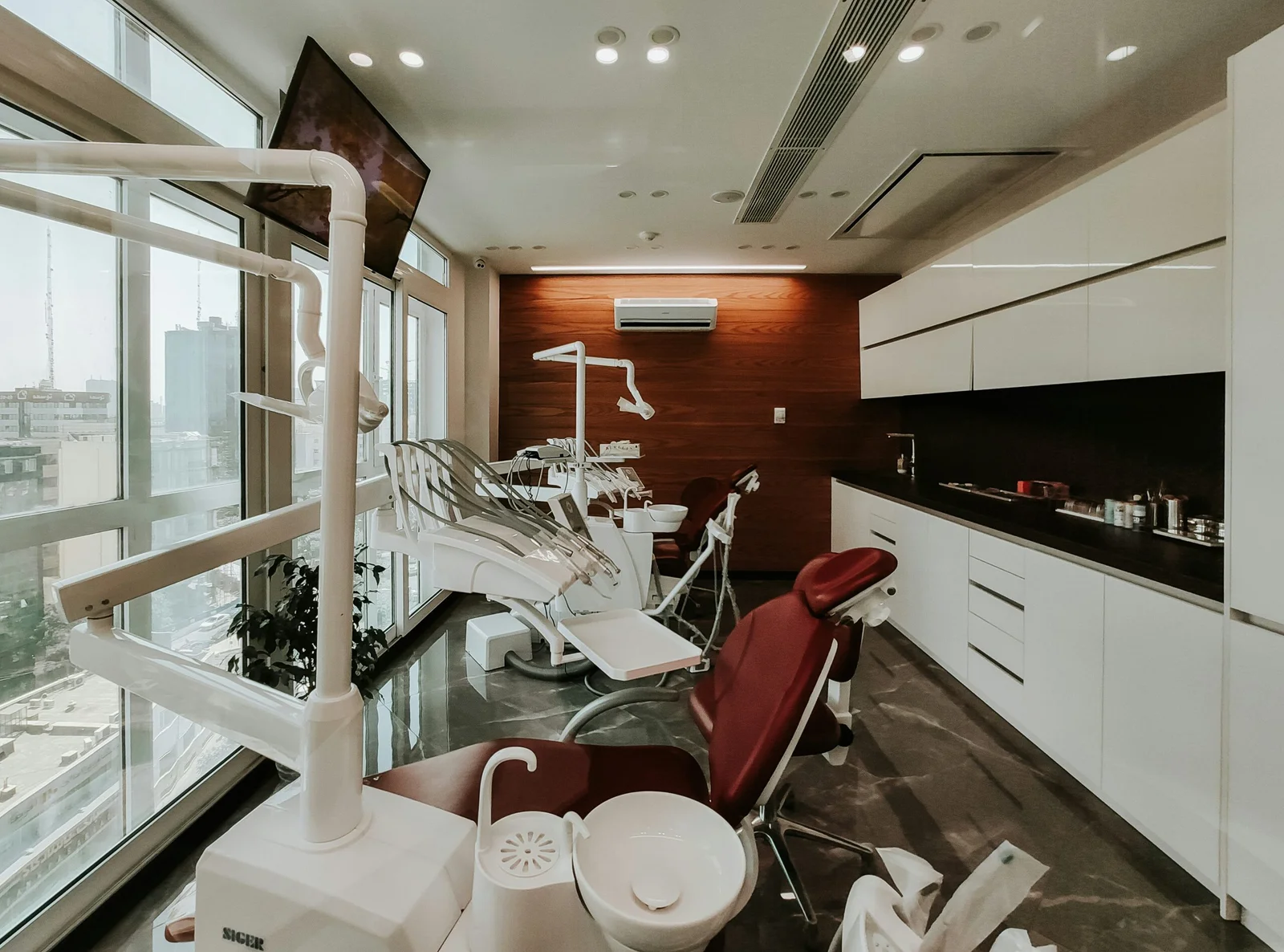Undergoing wisdom teeth removal is a common dental procedure, often accompanied by discomfort, swelling, and dietary restrictions. After the surgery, many patients find themselves craving crunchy snacks, with chips being a particularly popular choice. However, eating chips immediately following the procedure may not be advisable. Understanding when it is safe to eat chips after wisdom teeth removal is essential for ensuring a smooth recovery.
Following the removal of wisdom teeth, the surgical sites require adequate time to heal. The presence of chips, which are typically hard and crunchy, could potentially irritate the sensitive areas in the mouth. Moreover, these snacks can also lodge themselves in the healing sockets, possibly leading to complications such as dry sockets, an extremely painful condition resulting from the disruption of the blood clot that forms after surgery. It is crucial for patients to pay close attention to their dentist’s post-operative care instructions to minimize any risks associated with their recovery.
Typically, dentists recommend a soft-food diet following wisdom teeth extraction, which usually lasts for a few days to a week. Foods such as yoghurt, mashed potatoes, and applesauce are often recommended in the initial recovery phase. Chips, on the other hand, pose challenges that can impede healing. Therefore, it is advisable to wait until the mouth has sufficiently healed before indulging in crunchy snacks. Understanding the timeline for safe consumption of such foods can aid in a swift recovery and help avoid painful setbacks.
The Wisdom Teeth Removal Process
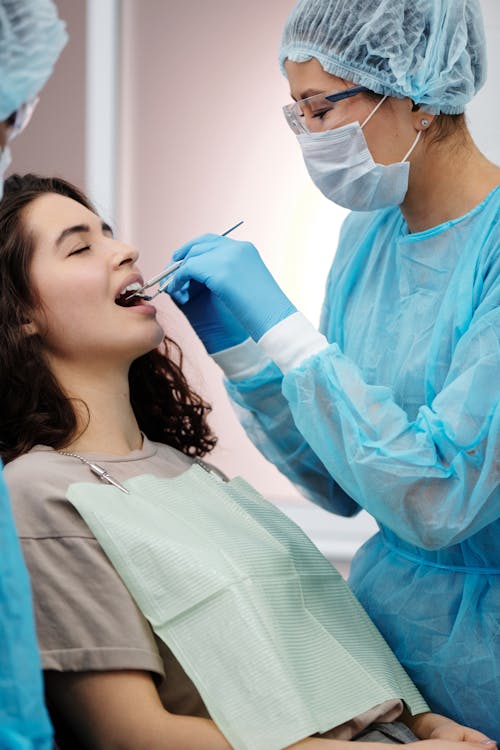
The removal of wisdom teeth, also known as third molars, is a common surgical procedure aimed at alleviating pain, preventing infection, and addressing potential dental complications. This procedure typically involves a dentist or oral surgeon extracting one or more of the wisdom teeth, which may be impacted or have insufficient space for proper eruption. The surgery is performed under local anesthesia, sedation, or general anaesthesia, depending on the complexity of the case and patient preferences.
During the procedure, the surgeon makes an incision in the gum tissue to expose the tooth and bone. If the tooth is impacted, some bone might need to be removed to facilitate extraction. Once the tooth is adequately loosened, it is carefully removed in sections if necessary. The surgical site is then cleaned, and stitches may be applied to promote healing. The length of the procedure can vary, generally lasting from 30 minutes to an hour, depending on the number of teeth being removed and their condition.
The recovery period following wisdom teeth removal generally spans several days to a week, during which the patient can experience swelling, discomfort, and bleeding. It is crucial to follow post-operative care guidelines to promote healing effectively. One of the most significant aspects of the recovery process is adhering to dietary restrictions. Patients are advised to avoid hard, crunchy, and chewy foods, including chips, as they may cause irritation or damage to the surgical site. Soft foods that are easy to chew and swallow should be prioritized to facilitate a smooth recovery.
In summary, understanding the wisdom teeth removal process is vital for patients preparing for the surgery. Adhering to dietary recommendations is equally important to ensure proper healing and minimize complications during the recovery phase.
The Healing Timeline for Wisdom Teeth Removal
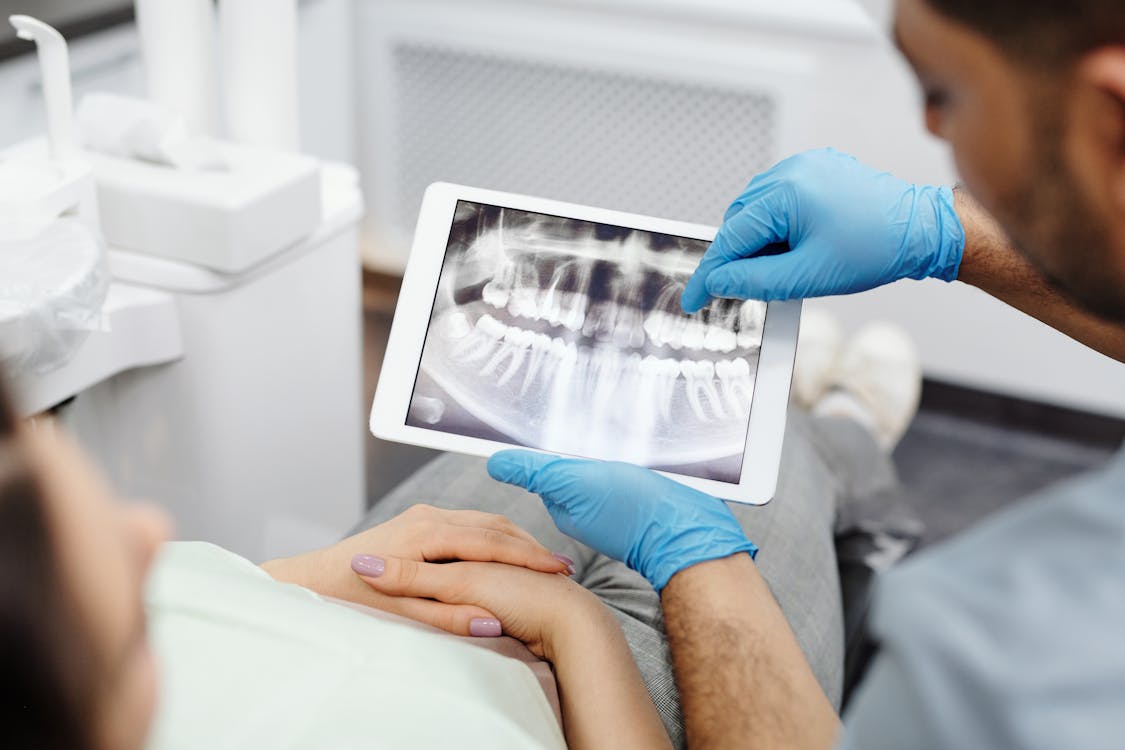
Recovery from wisdom teeth removal typically follows a structured healing timeline, which can vary based on individual circumstances. Immediately after the procedure, the first three days are critical for establishing foundational healing. During this period, it is common to experience swelling, discomfort, and bleeding. Patients are advised to consume only clear liquids and soft foods, avoiding any items that may require chewing. Foods such as broth, gelatin, or smoothies without straws are often recommended to ensure that the surgical sites remain undisturbed.
As recovery progresses, days four to seven mark a transition where patients can begin to introduce semi-solid foods into their diet. This can include mashed potatoes, soft-cooked vegetables, and yoghurt. The key is to maintain a soft texture to minimize irritation at the extraction sites while ensuring that nutritional needs are met. Adequate hydration during this stage plays a crucial role in promoting healing, along with following any prescribed medication regimen, which can alleviate pain and reduce the risk of infection.
By the end of the second week, many individuals find themselves ready to reintroduce harder foods, although it is essential to proceed with caution. Factors such as age, the complexity of the extraction, overall health, and adherence to post-operative care instructions contribute significantly to the healing timeline. Younger individuals may generally heal faster, while older patients or those with underlying health issues may require additional time.
Ultimately, each person’s recovery experience can differ, making it essential to listen to one’s body and consult with a dentist or oral surgeon if uncertainties arise. Following the recommended dietary guidelines can aid in a smoother and more effective healing process after wisdom teeth removal, allowing for the gradual inclusion of favoured foods like chips in due time.
Why Chips Should Be Avoided Initially
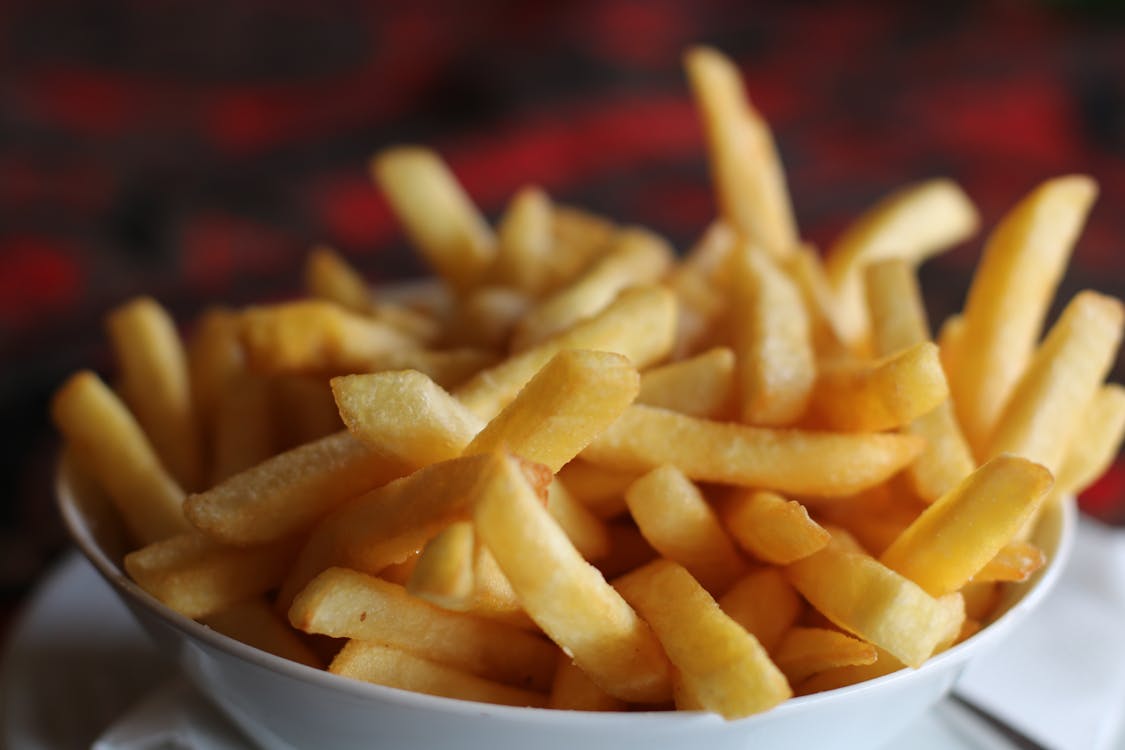
After undergoing wisdom teeth removal, it is crucial to adhere to specific dietary restrictions to promote healing and prevent complications. Chips are one such food that should be avoided initially. The sharp edges of chips present a significant risk to the delicate healing tissue in the mouth. When consumed, these edges can easily dislodge blood clots that form in the extraction sites, which are essential for proper healing.
Blood clots serve as a protective barrier over the surgical area, facilitating the healing process. If these clots are disturbed, it can lead to a painful condition known as dry socket, characterized by severe pain and delayed recovery. Furthermore, chips can irritate sensitive gum tissue, exacerbating discomfort during the initial stages of healing. The abrasive nature of these snacks can cause additional trauma to the gums, which are already recovering from surgical intervention.
Moreover, another concern with eating chips post-surgery is the propensity for food particles to become lodged in the extraction sites. The small, crumbly composition of chips can make it challenging to remove any residual particles that may get trapped in the gums. Retained food debris can lead to infection, which not only disrupts the healing process but can also result in additional complications requiring further medical intervention.
Therefore, it is advisable to avoid chips and similar crunchy foods during the initial recovery period. Instead, softer alternatives that do not pose a risk to the surgical sites should be prioritized. Foods such as yoghurt, smoothies, and applesauce can provide necessary nutrients while minimizing the potential for irritation or further injury to the mouth.
When Can You Eat Chips After Wisdom Teeth Removal?

After undergoing wisdom teeth removal, many individuals find themselves wondering when they can return to their regular diet, specifically regarding the consumption of chips. Generally speaking, it is advisable to wait at least 2 to 3 weeks before reintroducing chips into your diet. This timeframe is crucial, as it allows your surgical sites to heal adequately. Factors influencing this timeline include the extent of the surgery, individual healing capabilities, and adherence to postoperative care instructions.
During the initial recovery phase, which typically lasts for the first few days to a week, it is important to adhere strictly to a diet composed of soft foods. Foods such as yoghurt, applesauce, and mashed potatoes are recommended, as they do not present a risk of irritating the surgical sites. Chips, being crunchy and potentially sharp, can pose a risk of dislodging blood clots or aggravating the healing tissues within the mouth. For this reason, a cautious approach is essential.
After approximately 2 to 3 weeks, it may be permissible to consider adding chips back into your diet; however, this is contingent upon specific indicators. Key signs that suggest it might be safe to indulge in chips again include the absence of significant pain and swelling, as well as achieving a positive follow-up dental check-up. It is vital to listen to your body and consult with your dentist if you experience any unusual discomfort. Starting with softer chip varieties may also be advisable to ease into consuming crunchier snacks while ensuring you maintain oral health.
Tips for Reintroducing Chips Safely
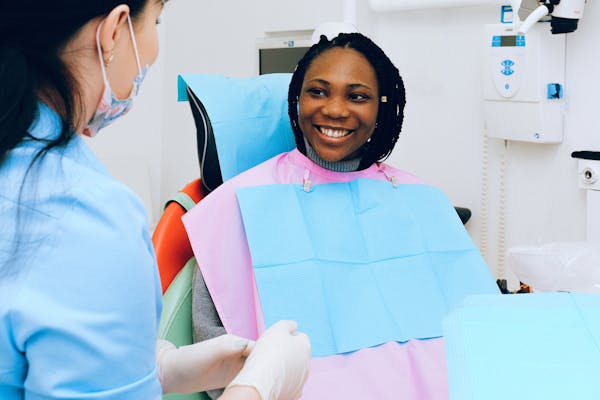
Reintroducing chips into your diet after wisdom teeth removal requires careful consideration to ensure the healing process is not compromised. Initially, it is advisable to start with softer chip varieties, such as baked chips or those made from corn, as they are less likely to irritate the gums. These options are generally easier to chew and can provide a satisfying crunch without putting excessive strain on your healing mouth.
When you feel ready to enjoy chips, it is important to focus on chewing on the side of your mouth that is opposite to the surgical site. This practice helps to minimize pressure on the area where your wisdom teeth were extracted, reducing the risk of discomfort and complications. If you notice any sensitivity or pain while chewing, it may be wise to pause and allow more time for your mouth to heal before trying again.
Additionally, eating chips slowly is crucial. This approach not only allows you to savor the flavors and textures but also ensures that you are making mindful choices about your consumption. By taking smaller bites and chewing thoroughly, you can avoid unnecessary pressure on your gums, promoting a more comfortable eating experience. Pay close attention to how your mouth reacts during and after eating chips, and be cautious if you experience any unusual sensations.
Incorporating chips back into your diet can be enjoyable, but it is vital to prioritize safety during the recovery period. By following these guidelines, you can gradually reintroduce this crunchy treat while ensuring your mouth heals properly and minimizing discomfort. Remember, patience is key, and it is better to err on the side of caution as you transition back to your regular diet.
Alternative Snack Ideas During Recovery
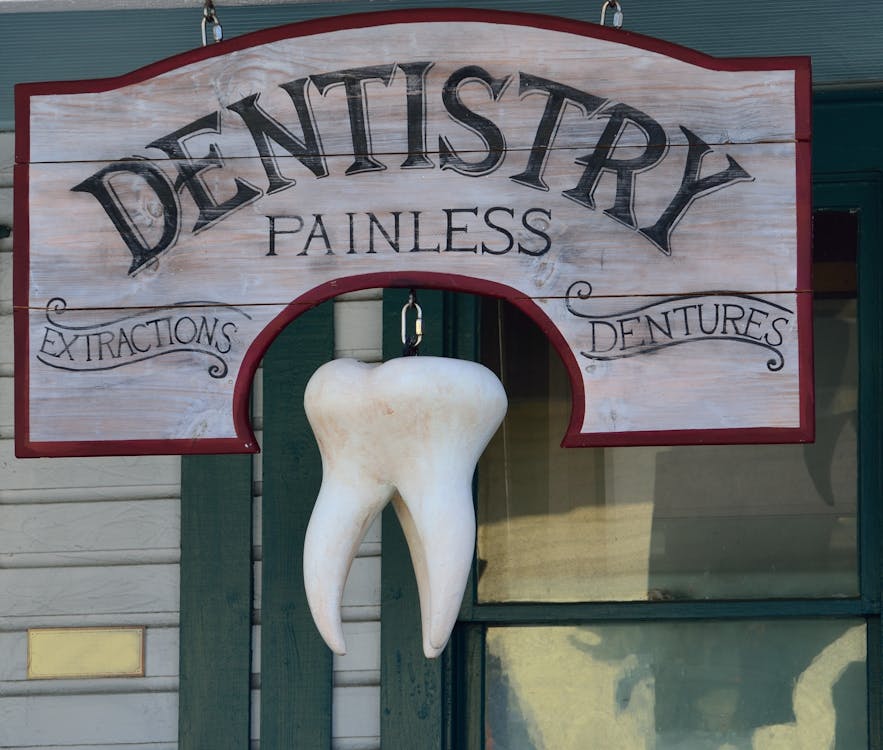
After wisdom teeth removal, it is crucial to choose snacks that are both nutritious and gentle on the healing tissues of the mouth. Soft foods are ideal during this recovery period as they minimize discomfort while providing necessary nutrients. Yogurt is an excellent option; it is not only smooth and easy to consume but also rich in protein and probiotics, which can aid in digestion and overall health. Furthermore, yogurt can be enjoyed in various flavors, making it a versatile choice during the recovery phase.
Another popular alternative is mashed potatoes. Creamy and comforting, mashed potatoes can be prepared in numerous ways, allowing for the addition of flavors like cheese or gravy without compromising texture. They provide carbohydrates for energy, which are essential during the recovery process. Similarly, applesauce presents a delicious and easy-to-eat snack that is rich in vitamins and can be consumed in both sweetened and unsweetened forms, depending on personal preference.
Pudding, whether chocolate, vanilla, or another flavor, is another soft treat that can bring a sense of normalcy to a post-operative diet. Its smooth consistency offers a soothing texture for sensitive mouths while satisfying a sweet craving. For those who wish to have something resembling a crunch without risking irritation to the healing gums, soft crackers or veggie chips that dissolve easily in the mouth can serve as a worthy substitute. Look for options that are low in salt and fat to keep the diet as healthy as possible during recovery. These snacks provide variety while ensuring comfort and safety as you heal from wisdom teeth extraction.
Common Mistakes to Avoid During Recovery
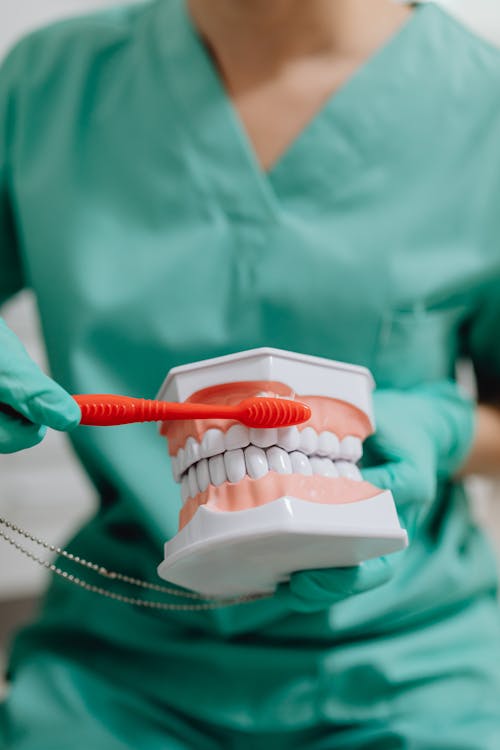
Recovering from wisdom teeth removal can be challenging, and it is essential to be mindful of potential pitfalls that may complicate the healing process. One of the most common mistakes that individuals make is consuming hard or crunchy foods, such as chips, too soon after surgery. During the first few days post-operation, the surgical sites are fresh and vulnerable. Eating chips can disrupt blood clots, lead to increased pain, and even provoke dry socket, a painful condition that arises when the clot protecting the underlying bone and nerves is dislodged.
Another frequent oversight involves neglecting oral hygiene practices after meals. It may be tempting to avoid brushing your teeth out of fear of aggravating the surgical sites, but proper hygiene is critical during recovery. Failing to rinse the mouth gently or skipping brushing can allow food particles to accumulate, thereby increasing the risk of infection. It is crucial to follow your dentist’s recommendations on when and how to resume brushing, often suggesting gentle techniques away from the extraction sites.
In addition, dismissing post-operative instructions provided by dental professionals can lead to complications and extended recovery time. Dentists usually provide specific guidelines regarding food choices, physical activities, and medication usage. Ignoring these recommendations can result in undue pain, prolonging the recovery period. Adhering strictly to the provided guidelines will not only enhance comfort but also support efficient healing.
Acknowledging and avoiding these common mistakes can significantly contribute to a smoother recovery process. By being cautious with dietary choices, maintaining oral hygiene, and following professional advice, individuals can help ensure that their recovery from wisdom teeth extraction is as successful as possible.
FAQs
After undergoing wisdom teeth removal, patients often have concerns regarding their dietary restrictions, particularly the consumption of chips. One commonly asked question is about chip consumption if the stitches dissolve sooner than anticipated. Typically, stitches are placed to facilitate healing, and their early dissolution may indicate a faster recovery. However, it is advisable to consult with your oral surgeon before reintroducing chips into your diet. They can evaluate the healing progress and provide personalized advice on when it is safe to resume eating firm or crunchy foods.
Another frequent query pertains to the implications of mistakenly eating chips too soon after surgery. If you accidentally consume chips before being cleared by a healthcare professional, it is crucial to monitor for any discomfort or adverse symptoms. Eating chips can lead to complications such as inflammation or tearing of the surgical site, which may impede healing. If experiencing unusual pain or bleeding, it is essential to contact your dentist or oral surgeon immediately for further guidance.
Patients often wonder about the safety of consuming softer or tortilla chips earlier in the healing process. Generally, softer versions of chips may be more permissible as they are less likely to irritate the surgical sites. Nonetheless, moderation is key; it is critical to ensure that these varieties do not exacerbate pain or discomfort. It is advisable to start with small bites and pay close attention to your body’s responses. If any discomfort arises, it is best to refrain from eating chips until you have fully recovered. By adhering to your dentist’s recommendations and listening to your body, you can safely navigate your diet post-surgery.
Conclusion
Following wisdom teeth removal, patients often seek to understand when they can resume normal eating habits, particularly concerning crunchy snacks like chips. It is important to recognize that patience plays a crucial role during the recovery phase. The healing process may vary from one individual to another, influenced by factors such as the complexity of the extraction and the person’s overall health. Adhering to the dentist’s post-operative instructions can significantly enhance the healing process and reduce the risk of complications, such as dry socket.
Initially, a diet consisting of soft foods is typically recommended for the first few days following surgery. Foods like applesauce, yogurt, and smoothies are ideal for providing necessary nutrients without aggravating the surgical sites. Gradually reintroducing solid foods must be approached with caution. Crunchy, hard, or sticky foods can irritate the gums and might interfere with the healing of the extraction sites. Consequently, while the craving for chips may be strong, it is advisable to wait until the dentist indicates that these foods can be safely incorporated back into the diet.
It is essential to follow the advice given by the dental professional regarding dietary restrictions, as they are best equipped to guide patients through their recovery period. If there are any uncertainties or lingering questions about when certain foods can be reintroduced, it is prudent to consult the dentist directly. They can provide personalized recommendations based on the individual’s healing progress. Ultimately, prioritizing recovery will lead to a smoother transition back to enjoying a full range of foods, including chips.
